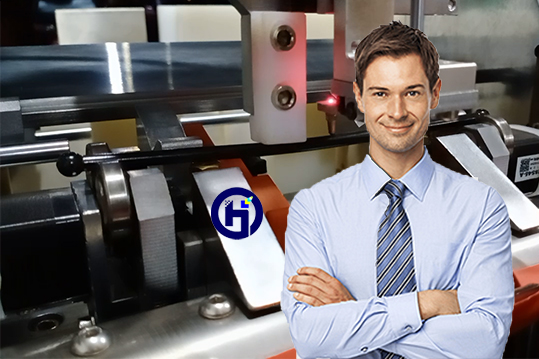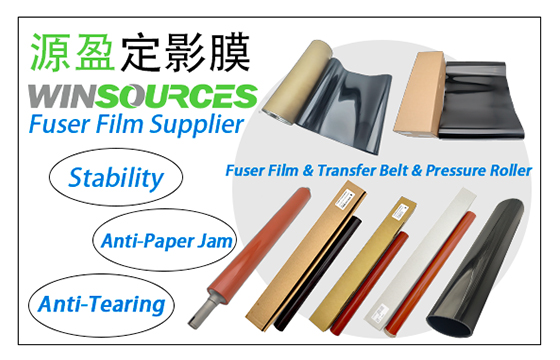Remanufacturing: The ULTIMATE form of Recycling
Extending product life through remanufacturing is the key to leveraging the Earth’s natural resources. The OEMs know it. We know it. But are we doing enough to educate the enterprise users? Hear what Mark Dawson has to say.

I am writing this from my study in the Netherlands where we are in the middle of a drought. Temperatures have been in the high 30s for 6 weeks. It’s like Dubai, without the air conditioning and it drives the desire to understand more about climate change. The London Times, NASA, and the UK Met Office websites confirm there is clear agreement in the global scientific community that climate change is real and caused by human behaviour.
There is broad agreement about what needs to be done. Getting global agreement on targets for reduced carbon emissions has proved more difficult. I recently saw this on social media: “It’s only one straw, said 8 billion people.” Very sobering and indicative of what happens when we individually abdicate responsibility.
Our industry has made a difference, but we can do more. There are 3 kinds of toner cartridges available to enterprise users: OEM, remanufactured or new build compatible. The OEMs promote their recycling programmes. Do remanufacturers promote their sustainability benefits vigorously enough? Are enterprises aware that new-built cartridges (NBCs) enter their supply chains on a one-way ticket?
Do enterprise users know the difference between the three categories? Should our industry do more to promote the benefits of remanufacturing? This is not just about climate change. It’s also about sustainability. In one generation there will be an additional 2 billion people on the planet. That is more than the total global population at the beginning of the 20th Century (1.5 billion).
It’s an increase of 200,000 per day. McKinsey estimates that by 2030, 3 billion people will join the middle class in terms of consumption habits. “By 2050 we will need 3 times the resources we consume today. Today, we are using 60% of our ecosystems in unsustainable ways. How we produce, consume and live must change” – Janez Potocnik, EU Environment Commissioner.
“Reusing, repairing, refurbishing and recycling existing materials and products means that what used to be regarded as waste, can be turned into a resource. All resources need to be managed more efficiently throughout their lifecycles.” – Moving towards a Circular Economy. Put simply, if we don’t start using stuff again, we’re going to run out. OEM recycling programs have merit: After consumption, goods are removed from the waste disposal stream, returned to their original raw materials to serve as new raw materials for another manufacturing process.
However, our industry’s remanufacturing process also recycles the value originally added to the raw material and makes a much greater economic contribution per unit of product than recycling. Value is recaptured: raw materials, labor, capital resources, and manufacturing operations. Recycling destroys that added value, reducing a product to its elemental value. That is why remanufacturing is the ultimate form of recycling.
Given the negative propaganda the OEMs have put out over the years against remanufacturers, it is reasonable to assume that they don’t believe in the concept. Yet, in 1981 HP set up a worldwide strategic initiative called HP Renew to provide their customers with an alternative to new HP products. This is refurbishment and remanufacture of hardware.
It is still in place today and visible with two mouse clicks. HP’s negativity towards remanufacturing is clearly selective. When HP does it, it’s OK. When we do it, it’s not. A product can always be recycled. Extending product life through remanufacturing is the key to leveraging the Earth’s natural resources. The OEMs know it. We know it. But are we doing enough to educate the enterprise users?



Remanufacturing is an important part of establishing a circular economy. I hope you will join us on April 11 2019 to help raise awareness and elevate the remanufacturing industry. Learn more at RemanDay.org.